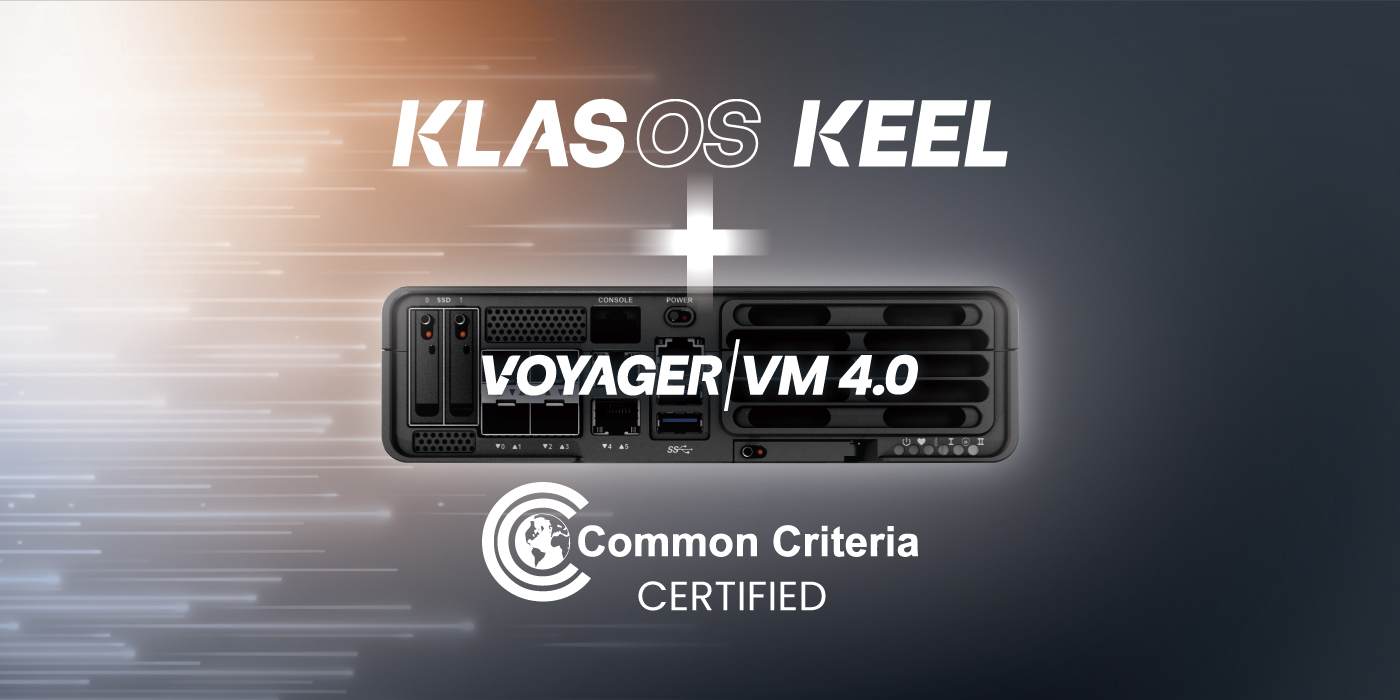“If you’re not willing to accept the pain real values incur, don’t bother going to the trouble of formulating a values statement.” – P. Lencioni (HBR, Make Your Values Mean Something, July 2002)
Written by Herman Leybovich
We’re starting a thought leadership series called How Principles Can Drive Products where each month we’ll introduce a new Klas Telecom core value and describe how our people use that value to think about the products that have made us successful.
We’re starting our series with Innovation. A word that’s ubiquitous for companies today, innovation is a goal for organizations in every industry. Marketing firms are innovating in how they reach people, the medical industry is innovating in vaccination, and technology companies can become obsolete if they aren’t innovating.
What does innovation mean for a company that supports the Government’s critical missions and communications systems? What does innovation mean when the users of the product are responsible for the safety and security of their teammates, their Nation and allies
To answer that, it’s helpful to understand how and why we build the products we build. When the Voyager product line was first launched, it was a “departure” from the standard way of doing things. The vision was a new way to deploy communications systems to support the Military’s tactical missions.
In the 2000s, it was common practice to deploy communications systems with components that were function specific. Data center network components would be mounted in a big green chassis that was loaded on a pallet, and then flown to its location on an aircraft. If a component failed or if its software needed an update it could compromise the entire system. In many cases, a technician would be required to remediate. This made the lifecycle of a system expensive, bulky and made the logistics of shipping and maintenance very difficult.
When we looked at these challenges, we saw an opportunity to innovate to solve a problem rather than simply deliver a product. What follows are 3 short lessons our team has learned about innovation:
Innovation means influence
When we launched the Voyager product line, we knew what we were proposing was different. Our approach was a fully modular system that looked as good as it performed. We had valuable input from some key Government partners and that helped shape the first few iterations, but it would be dishonest to say we realized how it would influence deployable communications on a larger scale.
First, we influenced the market. As the competitive landscape caught on to what we were doing, others followed suit. In many ways this was a blessing because it kept us moving forward and searching for how to set ourselves apart. We weren’t just building a modular system, we were constantly thinking about how to increase our system’s modularity.
We also, influenced how partners worked together in this space. Because our modularity allowed users to swap and repurpose components quickly, the breadth of partners that could be integrated into our ecosystem exploded. What started as an integration with Cisco is now a limitless pool of software, radio, and network partners working together to solve a problem.
Finally, we saw the influence we were having on the Government! Almost 10 years later – about the length of time for a moonshot to reach its destination – we have Military customers across every branch, various Government agencies and senior leaders using Voyager.
Innovation means iteration
This may come as a surprise, but we didn’t get it perfect the first time. In fact, after 9 years of iterating on Voyager, we’re still not perfect. The recognition that our pursuit is better – not perfect – has given us an eagerness to iterate and that has been the hallmark of our innovation. In order to iterate, it’s helpful to have honest input and a steady stream of user stories to understand the problem your users are trying to solve. We have been privileged to have this type of support from our partners, but we’ve also had to maintain that relationship by proving we’re willing to execute on their input.
Innovation is an ideal
If within your organization people value innovation, then you should see the same change and improvement internally as your products demonstrate externally.
That is because innovation is an ideal our people use as a framework, it’s not any single action. If we’re not careful some wonderful ideas could go unnoticed because they’re deemed as “not innovative”. As new problems emerge, we can use ideas and lessons learned from various industries to solve those problems. For example, our TRX product which is helping our Military customers solve their contingency communications problems was originally launched as a platform for trains in Europe.
If we keep dreaming and keep innovating we’re bound to help others solve problems, and the impact that can have is far greater than any of us might imagine.


